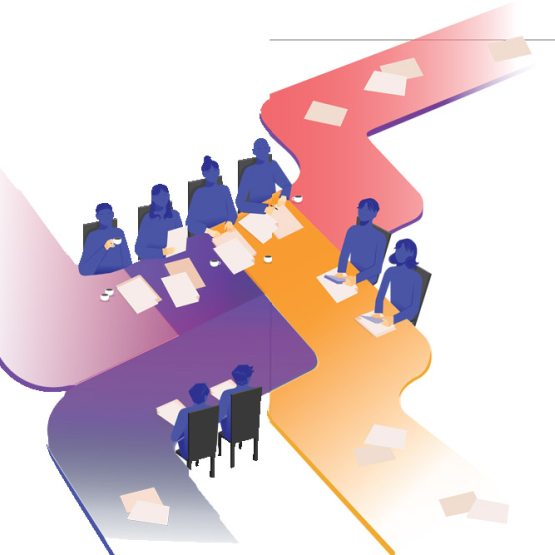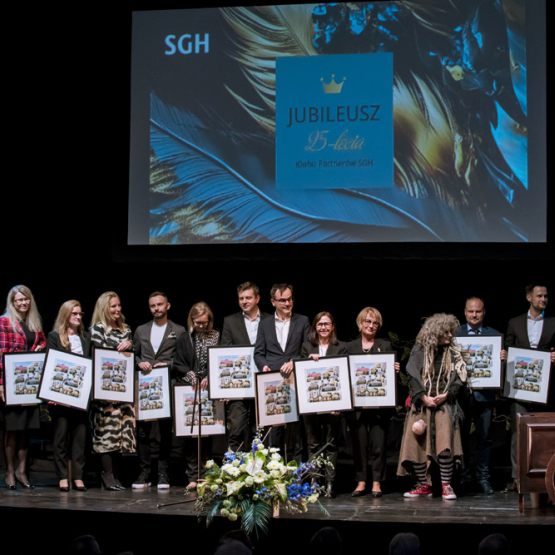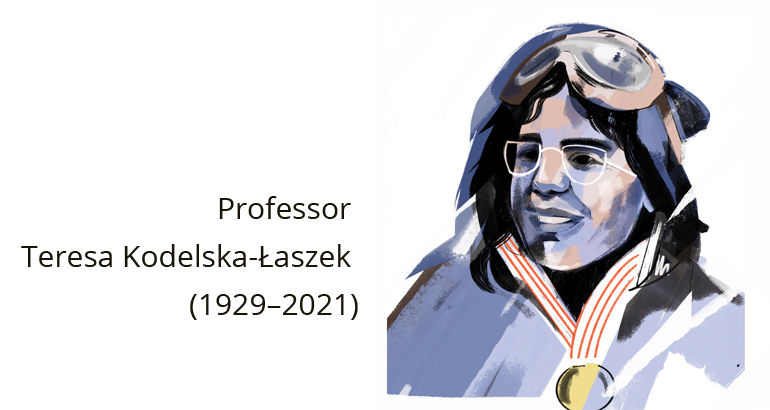
Professor Teresa Kodelska-Łaszek (1921-2021)
She first put on her skis and descended Kasprowy Wierch (1987 m) as a child at the age of five — and soon became good at it. She could ski to her heart’s content because her dad, the architect Aleksander Kodelski, was appointed the CEO and technical director of Towarzystwo Budowy i Eksploatacji Kolei Linowej Zakopane/Kuźnice–Kasprowy (Zakopane/Kuźnice–Kasprowy Funicular Construction and Operation Company), and her mum Anna, also an architect, designed station buildings in Kuźnice, at Myślenickie Turnie and on the peak itself.
‘Together with other constructors’ and conductors’ children we would ski all we could, from dawn to dusk, before the war,’ she told the story of her childhood for „Tygodnik Powszechny” (Putrament, politruczka, krakowiaczek, February 2010). The cableway to Kasprowy, Poland’s first and the world’s sixtieth, was commissioned after 227 days of construction. The Kodelski family went back to Warsaw. That short stay in Zakopane may well have become merely a happy memory of childhood, but it was to become extraordinarily important to her adult life.

Teresa Kodelska-Łaszek with friends during the Polish Ski Championships, Zakopane 1952
‘KINGA’
She got in touch with the underground very early on. During the war, her parents would organize secret meetings, invite people of culture and scientists; the house was full of conspiratorial papers, which women-couriers would pick up and circulate. As a twelve-year-old girl, already before the Uprising, she had participated in the mały sabotaż (literally: small-scale sabotage), such as spraying anti-Nazi slogans on walls. Later, she trained as a nurse and courier (liaison officer) and arranged a hospital in Anna Goldman’s privately-owned public school at 60 Wawelska Street, in her family house, dubbed ‘Wawelska Redoubt’ during the Uprising.
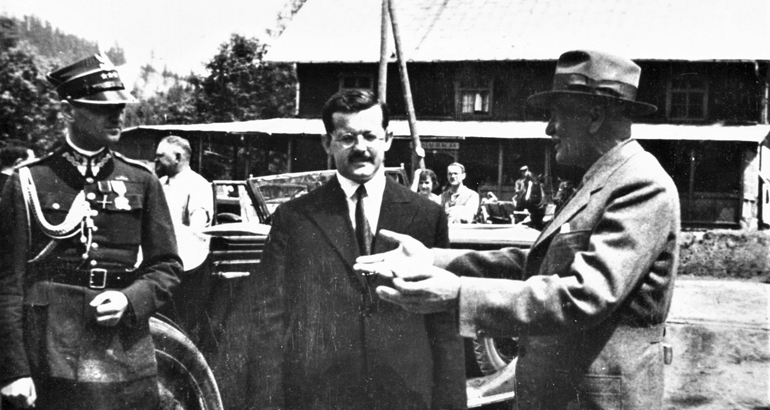
President Ignacy Mościcki with Aleksander Kodelski visit the construction site of the cable car to Kasprowy Wierch
‘I ended up in the Uprising because I had been in the Grey Regiments,’ she reminisced. She was 15 at the time. On 1 August 1944, as a soldier of the Home Army with the nom de guerre of Kinga, she reported as ordered to the hospital in the basement of the building at 60 Wawelska Street. Her unit transported the wounded, whom she would carry from the area of Reja, Mochnackiego, Beniowskiego and Wawelska Streets, and from the ‘Redoubt’s’ roof and all its storeys. She took the soldier’s oath and served as a courier under the command of the Austrian deserter and sharpshooter, Ottokar ‘Otto’ Flandorfer. ‘Wawelska Redoubt’ fell early into the Uprising. The hospital operated till 11 August.
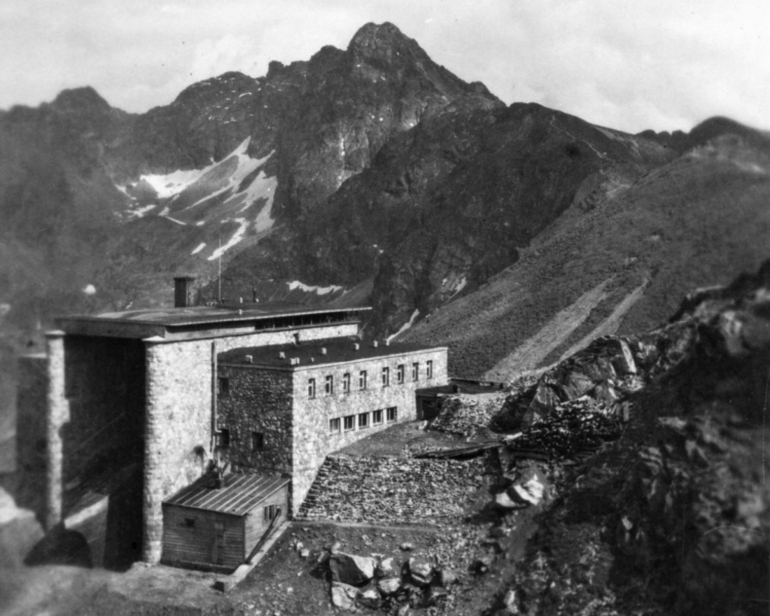
The cable car in Zakopane was founded owing to Aleksander Bobkowski’s original idea, president of the Polish Ski Association and deputy minister of communication. The design was completed by Aleksander and Anna Kodelski
‘The boys came for me, told me to run to the other courtyard because that was where the hatch was to the sewers… We remained in the sewers for more than a week. It was a miracle I survived. We tried to exit in Wawelska Street, but the Germans were there and they dropped grenades into the sewers; we reached the Vistula, but there, the sewers had been flooded. In the corner of Raszyńska and Niemcewicza Streets, we found a sewer destroyed by a bomb. There we climbed out and dropped unconscious. The Germans were close, their dogs sniffed us up but wouldn’t touch us because we were caked in excrement and didn’t move. They did not recognize that we were alive. At night, after we woke up, I led the boys by side streets back to the Redoubt, where we stayed in hiding for four weeks till the surrender came,’ she recalls the harrowing time. She last saw her mum, Anna Kodelska, a commissioned officer in the Home Army who also took part in the Uprising, in the sewers.
Professor Teresa Kodelska-Łaszek
(1929–2021) was a wartime nurse in the Warsaw Uprising, member of the Grey Ranks (Szare Szeregi) and alpine skier (representing Poland in the 1952 Winter Olympics in Oslo under the auspices of AZS Warszawa). Long-time researcher (1954–1999) with the Warsaw School of Economics, taking from here her titles and degrees: magister (1951), doktor (1965), doktor habilitowany (1975) and profesor (1976). Decorations: Knight’s Cross of Polonia Restituta, Silver and Gold Cross of Merit, Warsaw Uprising Cross, Home Army Cross and Kalós Kagathós medal (awarded to eminent athletes successful in fields other than sport). In 2001 she was promoted to the rank of second lieutenant in Polish Army.
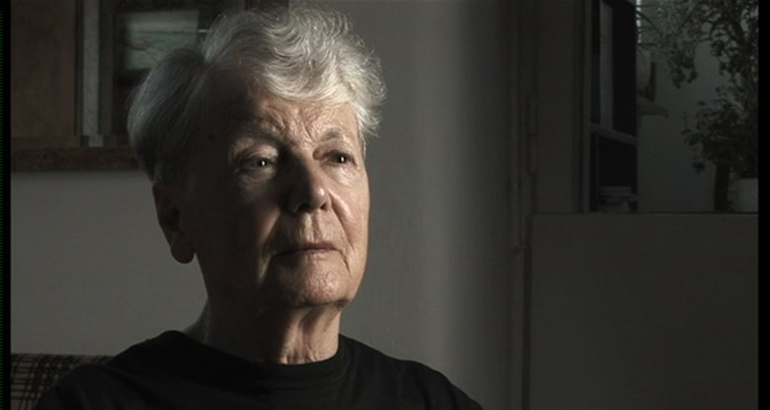
Teresa Kodelska-Łaszek
After the fall of the Uprising, the insurgents joined the civilians marched by the Germans to Zieleniak Transitional Camp. Teresa Kodelska managed to flee, winding up, among other places, at Count Morawski’s in Mała Wieś, where her father and brother found her. Together, they made their way to Zakopane and hid among their acquaintances in the highlands.
‘According to you, was the Uprising necessary?’ she was asked in 2011. ‘It was. The nation stood free and felt free. For 63 days I felt free, I felt Polish,’ she recounted, though she also underscored that society had paid too terrible a price for it.
For 63 days I felt free, I felt Polish.
BACK TO SKIING…
After the war she lived in Cracow and passed her matura examination in the Liceum Handlowe (pre-university commercial school). In 1946 she enrolled in the SGH Warsaw School of Economics (from 1949 to 1991 the Central School of Planning and Statistics), Faculty of Production Economics. After her first year, she joined the AZS — University Sports Association — in Warsaw and, from 1946 to 1956, represented it in Poland’s national team.
In those difficult times, it was the skis that saved her — after the traumatizing events of the Warsaw Uprising and end of the war they turned out to be her salvation. ‘I managed to return to normal life because I very much loved skiing. Nothing else interested me. The girls chased the boys; I slid down the slopes. And I am positive that the skis — that sportsmanlike endurance, physical and mental toughness and stubbornness — helped me live through that event, when reasons for fear and breakdown abounded,’ she reminisced in an interview for „Tygodnik Powszechny”. It is certain that thanks to skiing skills, appreciated by the authorities of post-war communist Poland, Teresa Kodelska-Łaszek was able to practice on the pistes rather than being interrogated by the UBP security service.
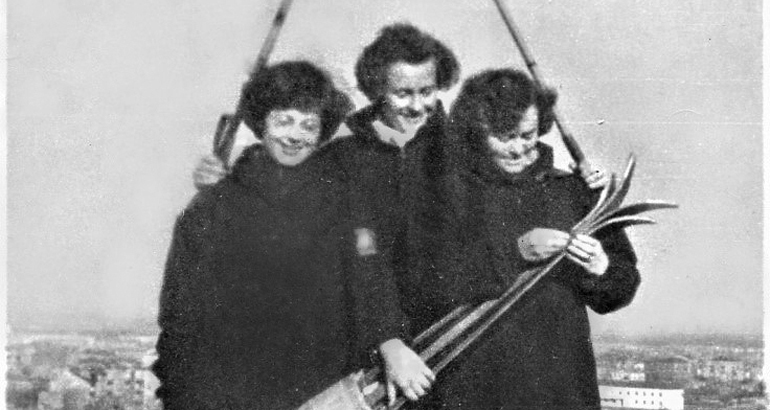
Teresa Kodelska-Łaszek, Barbara Grocholska-Kurkowiak (multiple Polish champion, Olympian from Oslo 1952 and Cortina d'Ampezzo 1956, nurse in the Warsaw Uprising) and Maria Kowalska (multiple Polish champion, Olympian from Oslo 1952 and Cortina d'Ampezzo 1956) on the terrace of the Kodelski family house in Warsaw
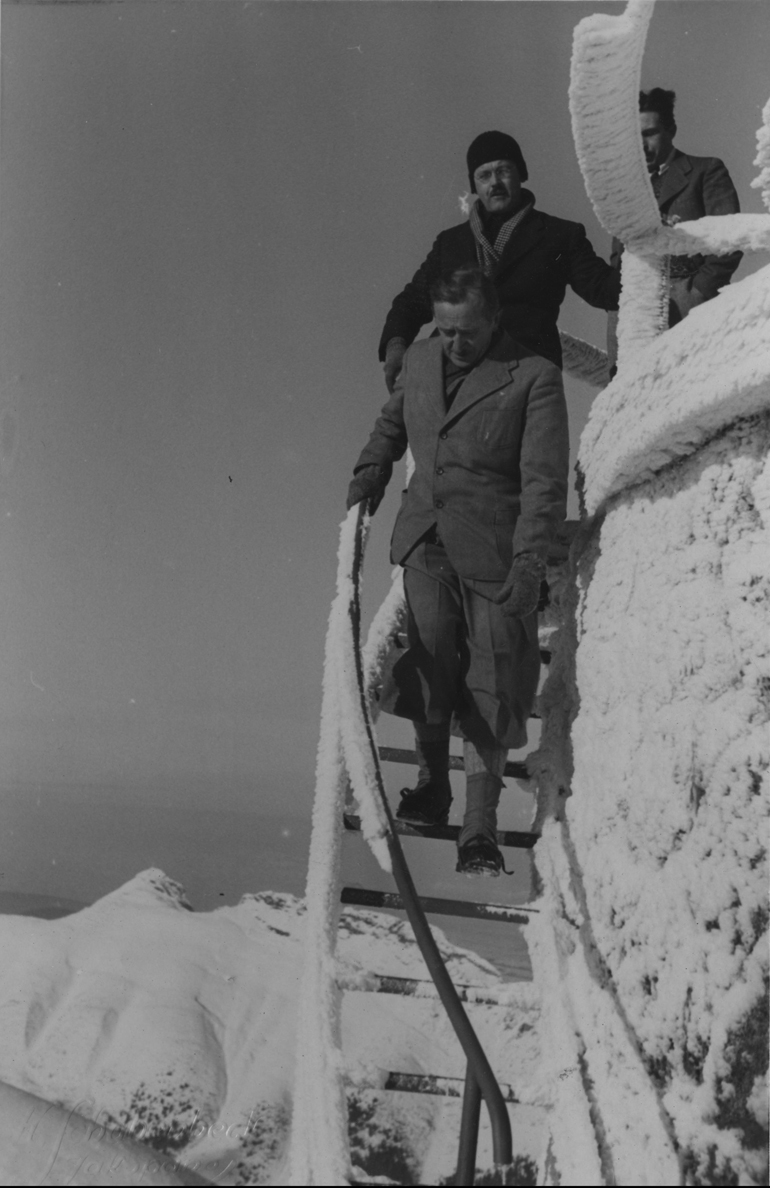
Deputy Minister of Communication Aleksander Bobkowski accompanied by Aleksander Kodelski during a visit to the tower of the Meteorological Observatory on Kasprowy Wierch
CHAMPION AND OLYMPIAN
In 1948, she won her first Poland championship in special slalom (a feat she was to achieve again in 1952, being rewarded with championship also in the giant slalom category) and second place in Alpine and Alpine combined. In 1952, she represented Poland in the Winter Olympics in Oslo together with Barbara Grocholska-Kurkowiak (also an Uprising nurse and successful Olympian) in special and giant slalom and downhill. ‘I am dissatisfied with that start. The stress ate me up. I was good, but I was afraid. Besides, our equipment was disastrous. It was nothing like what the West had. The outfits were handed down from one national team to the next. And those awful baggy jackets with the Polish eagle. In Oslo, we looked like beggars!’
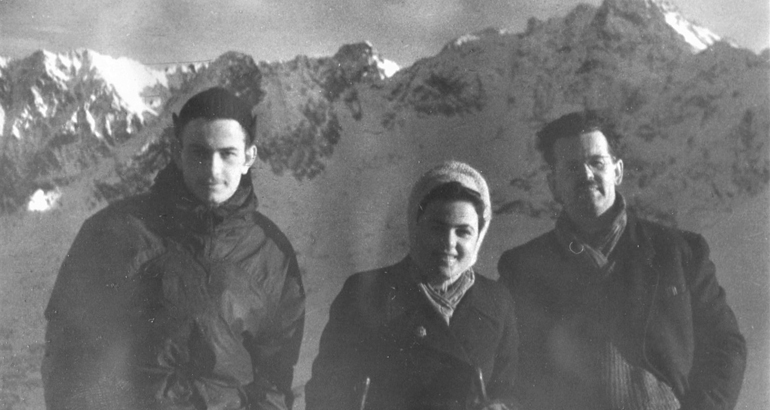
Teresa Kodelska-Łaszek with her brother Jerzy (a soldier of the Szare Szeregi, he fought in the partisan unit of Antoni Heda "Szary") and father Aleksander Kodelski

The ski team for the Winter Olympics in Oslo (1952)
THE PROFESSOR
From the very beginning of her career, she insisted that studies were her priority. Eventually, she decided to pursue a career in science, working at the Faculty of Economics and Production (Faculty of Finance and Statistics), Department of Construction and Investment Economy, specializing in ‘construction investment economics.’ Her research interests focused around construction economics and especially construction for universities and housing needs in Poland and the world in the sixties to eighties of the last century. The professor put special emphasis on studying the relationship between the size of existing objects and the number of students, obtaining the requisite statistical data from all important academic centres in Poland and abroad. She set before herself an ambitious goal — to link the general principles of construction economics with teaching effectiveness expressed as the number of students. She was also interested in the effectiveness of the investment process, as well as spatial planning.
Let the young people study, learn languages, do business, let them create a strong Poland
She was not only a research scientist but also an ardent educator. In a conversation with Gazeta SGH in February 2021, she said, ‘Let the young people study, learn languages, do business, let them create a strong Poland.’


